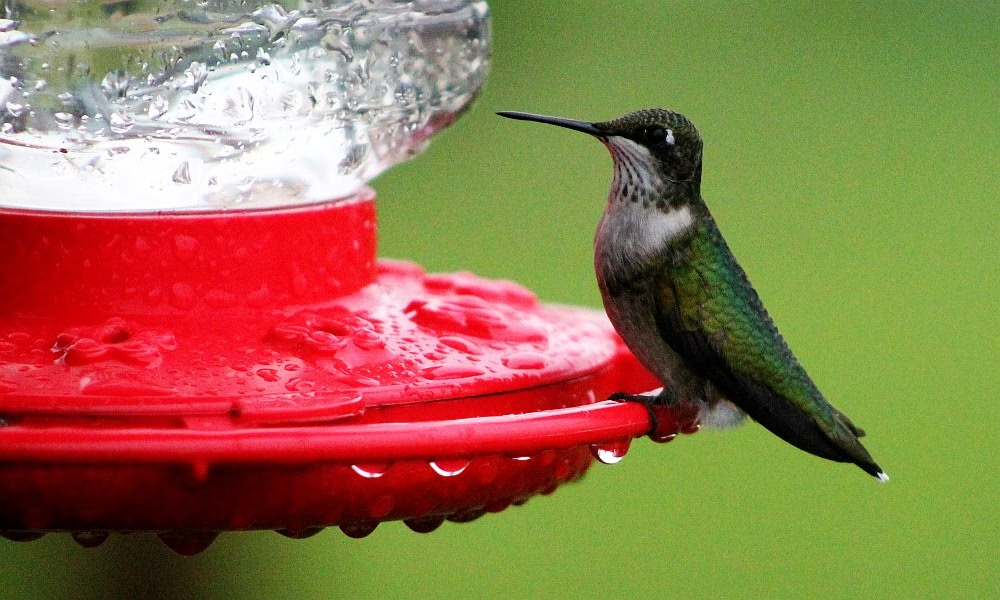
August is here, and while you’re busy sipping pumpkin spice lattes and pretending you like sweater weather, hummingbirds are preparing for an epic journey. These tiny, hyper-caffeinated jewels of the sky are about to embark on a migration that would make a road-tripping college student look lazy. And guess what? Your backyard might just be their favorite pit stop.
Why Fall Feeding Matters (Or: Don’t Leave These Drama Queens Hanging)
Some people think you should stop feeding hummingbirds in the fall because it might “make them stay too long.” Newsflash: Hummingbirds aren’t stupid. They don’t check their calendars, see your feeder, and go, “Welp, guess I live here now!” They migrate based on daylight and instinct, not your hospitality.
In fact, your feeder might be the difference between a hummingbird making it to Mexico and one ending up as a very disappointed hitchhiker. These birds double their body weight before migration—imagine if you had to eat twice your weight in tacos before a flight. You’d want all the help you could get.
The Menu: Sugar Water, Not Kool-Aid
If you’re going to feed hummingbirds, do it right. They don’t want:
- Red dye (it’s like feeding them neon Gatorade—just unnecessary)
- Honey (it ferments and gives them birdie botulism)
- Artificial sweeteners (they’re not on a diet, Karen)
The perfect recipe? Mix 1 part white sugar to 4 parts water, boil it, cool it, and serve it like you’re running a five-star hummingbird bistro. No frills, no nonsense—just pure, life-giving sugar rush.

Feeder Wars: Keeping the Bullies at Bay
Hummingbirds may weigh less than a nickel, but they have the egos of medieval knights. If you’ve ever seen two hummingbirds fight over a feeder, you know it’s like watching two helicopters duel with tiny swords.
To prevent aerial combat:
- Hang multiple feeders (out of sight of each other, so no one bird can play dictator)
- Use bee guards (because bees are the uninvited party crashers of the hummingbird world)
- Clean feeders regularly (unless you enjoy serving moldy sugar water, in which case, please stop)
When to Say Goodbye (Or: The Great Empty Feeder Debate)
You can leave feeders up for a few weeks after you’ve seen your last hummingbird. Late migrators (looking at you, stragglers) might roll through, and your feeder could save their tiny lives. But once it’s been frosty for a while and no birds have shown up, it’s safe to take it down.
Final Thoughts: Be the Hero These Birds Deserve
Feeding hummingbirds in the fall isn’t just a hobby—it’s a responsibility. You’re basically running a 24/7 diner for winged customers who will never tip but will absolutely yell at you if service is slow. So fill those feeders, sit back, and enjoy the show. Because nothing says “autumn” like a tiny bird screaming at its rival while hopped up on sugar water.
Now go forth and be the hummingbird hero you were meant to be.




